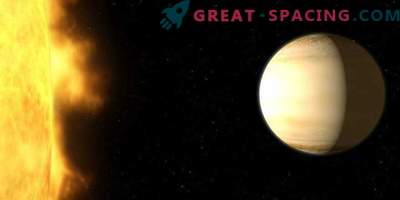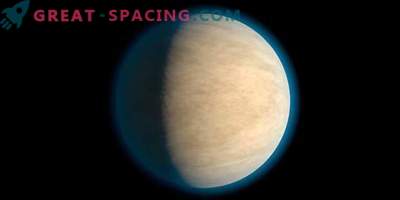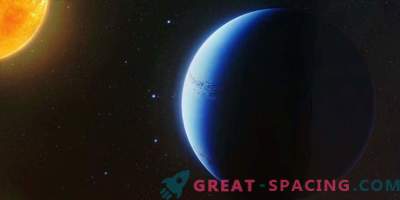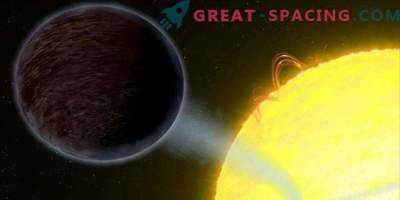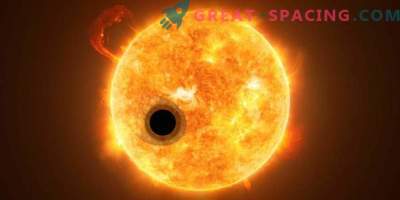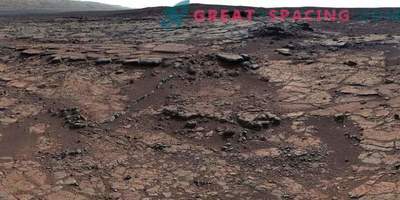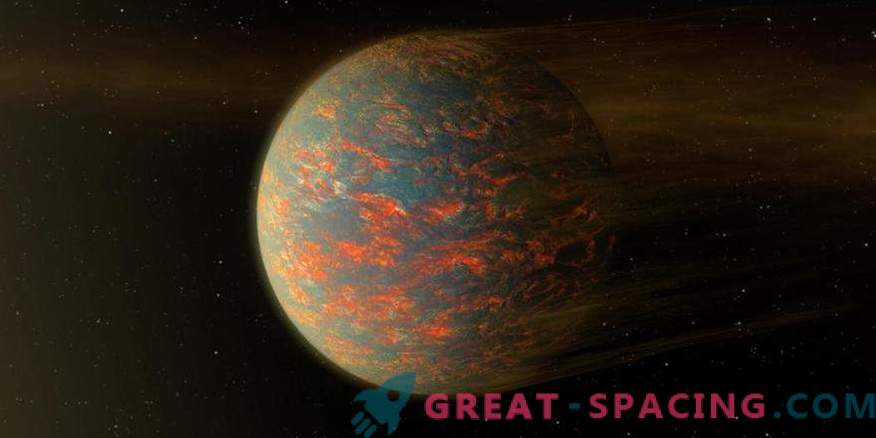
Researchers using the Hubble telescope conducted an amazing experiment to study two similar hot Jupiter. These planets are almost identical in size, temperature and orbital distance to the star. Therefore, scientists decided that their atmosphere should also be repeated. But what was seen was different from predictions.
HAT-P-38b and WASP-67b were taken as experimental subjects and their spectral fingerprints were measured. The abundant presence of clouds suggests that the amount of water on the planet itself is low. It turned out that the WASP-67b is covered by clouds. That is, in the past a certain event should have happened, which forced them to take different paths of development.

The diagram compares Hubble’s observations of two hot Jupiters located close to their stars. Scientists measured starlight by filtering it through the atmosphere of each planet. HAT-P-38b has a water signature (there are no clouds in the upper atmosphere), while WASP-67b has a flat spectrum with no water absorption (most of the atmosphere is covered by clouds) Both spend 4.5 days on the orbital passage around the yellow dwarfs, coming closer than the Mercury-Sun distance. It is believed that before they were located much further.
It is like the struggle of the pledged against the acquired, the education against the circumstances. Even now, in terms of physical characteristics, they seem the same, but they are still very different.

HAT-P-38b performance chart
Do not confuse cloud formations on hot jupiters with terrestrial ones. They are alkaline (sodium sulfide and sodium chloride), and the surface temperature rises above 1300 degrees Fahrenheit. The planets are also blocked by gravity (turned to the star by one side), which means that one of the sides is in forever cold night.
So far, scientists are only taking the first steps in studying the factors that influence such differences. Hubble and the future of James Webb will be needed to go deep into the question.
